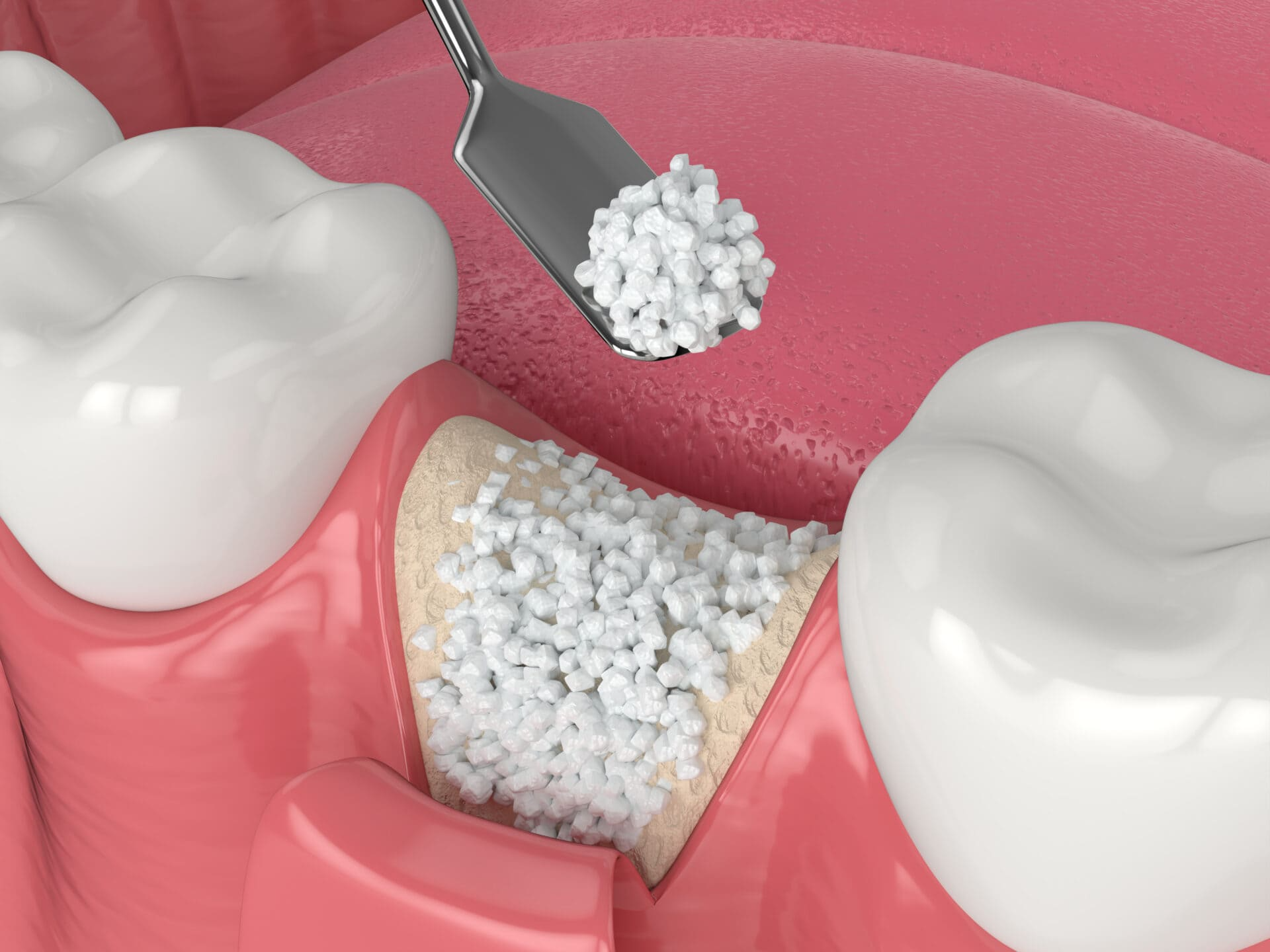+919790726189

This is your website preview.
Currently it only shows your basic business info. Start adding relevant business details such as description, images and products or services to gain your customers attention by using Boost 360 android app / iOS App / web portal.

Bone Grafting for Dental Implants Dental implants have revolutionized tooth replacement, offering a stable, long-lasting, and natural-looking solution. However, successful implant placement depends heavily on having adequate bone in the jaw to support the implant. In cases where bone volume is insufficient—due to gum disease, tooth loss, trauma, or long-term denture use—bone grafting becomes an essential preparatory procedure. Why Bone Grafting is Needed When a tooth is lost, the jawbone in that area gradually begins to resorb, losing height and width over time. If an implant is placed in bone that is too thin or shallow, it risks instability and failure. Bone grafting helps rebuild and strengthen the bone structure, creating a solid foundation for the implant and ensuring long-term success. Types of Bone Grafts Several grafting materials and techniques are available, and the choice depends on the patient’s condition and needs: Autograft – Bone taken from the patient’s own body, often from the chin or jaw, ensuring high compatibility. Allograft – Processed bone from a human donor, safe and ready for use without a second surgical site. Xenograft – Bone sourced from animals (commonly bovine), used to support new bone growth. Alloplast – Synthetic bone graft materials that are biocompatible and promote bone regeneration. Bone Grafting Techniques Depending on the area of bone loss, different approaches may be used: Socket Preservation – Graft placed immediately after tooth extraction to prevent bone loss. Ridge Augmentation – Used when the jawbone has lost width or height. Sinus Lift – A procedure in the upper jaw where bone is added below the sinus membrane to allow implant placement in the back teeth area. Procedure and Healing Bone grafting is usually performed under local anesthesia, with or without sedation. The graft material is placed in the deficient area and secured, sometimes with a membrane for protection. Healing time varies but typically ranges from 3 to 6 months, allowing the graft to integrate and form strong, living bone. Benefits of Bone Grafting for Implants Provides adequate bone support for stable implants. Improves the aesthetics of the smile by restoring facial contours. Prevents future bone loss and gum recession. Post-Procedure Care Patients are advised to maintain excellent oral hygiene, follow a soft diet initially, and attend follow-up visits. Smoking should be avoided, as it can delay healing and reduce graft success. Conclusion Bone grafting plays a crucial role in ensuring dental implant success, especially in cases of significant bone loss. At Dr. Bharathi Dental Clinic and Implant Centre, we specialize in advanced grafting techniques to create a strong, healthy foundation for implants—helping our patients achieve confident smiles that last a lifetime. Dental Clinics in West Mambalam Dentists in West Mambalam Dentists in Ashok Nagar Best dentist near me Best Dental Clinics in West Mambalam Oral surgeon in West Mambalam Dental Implants in West Mambalam Oral surgeon in Ashok Nagar Painless tooth removal at West Mambalam

